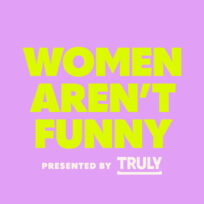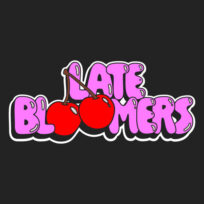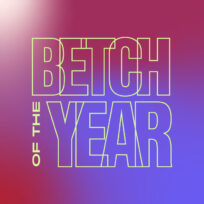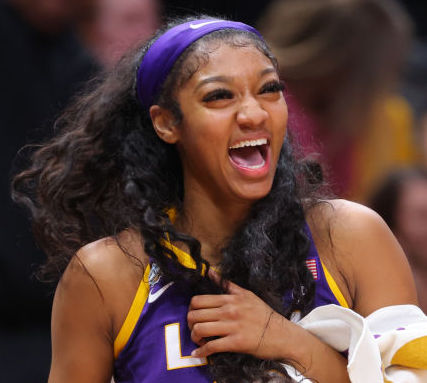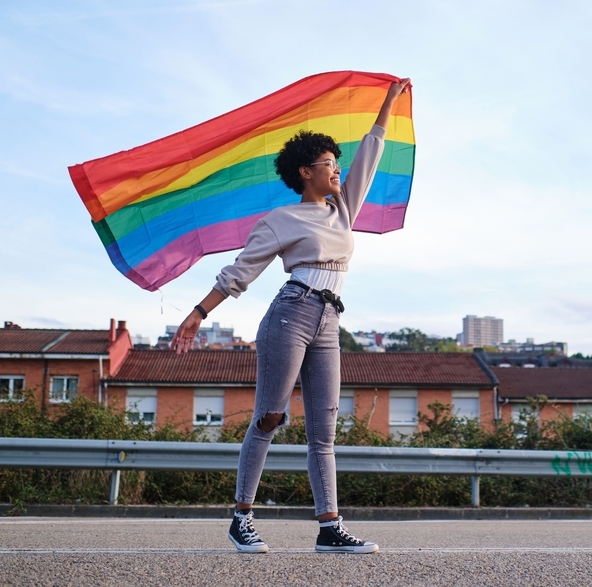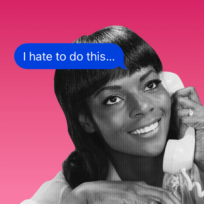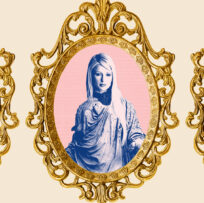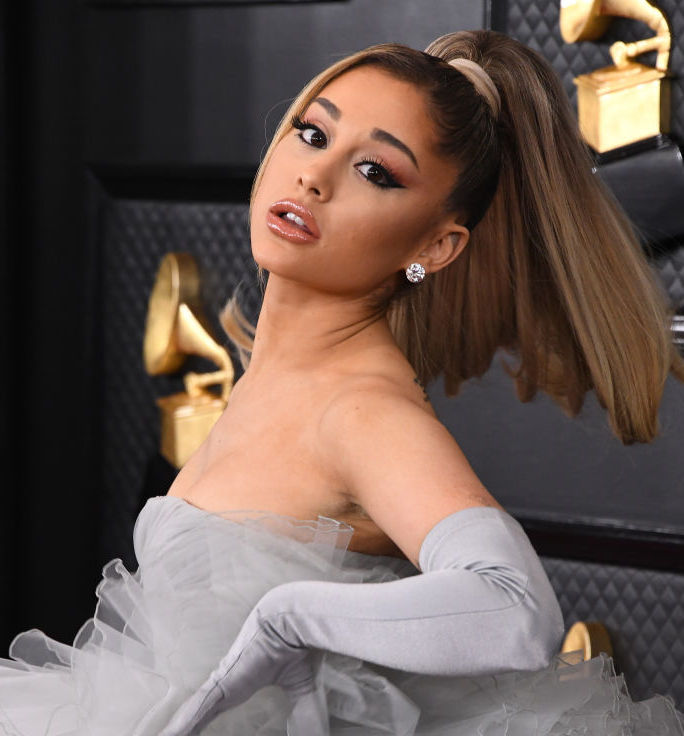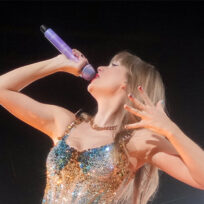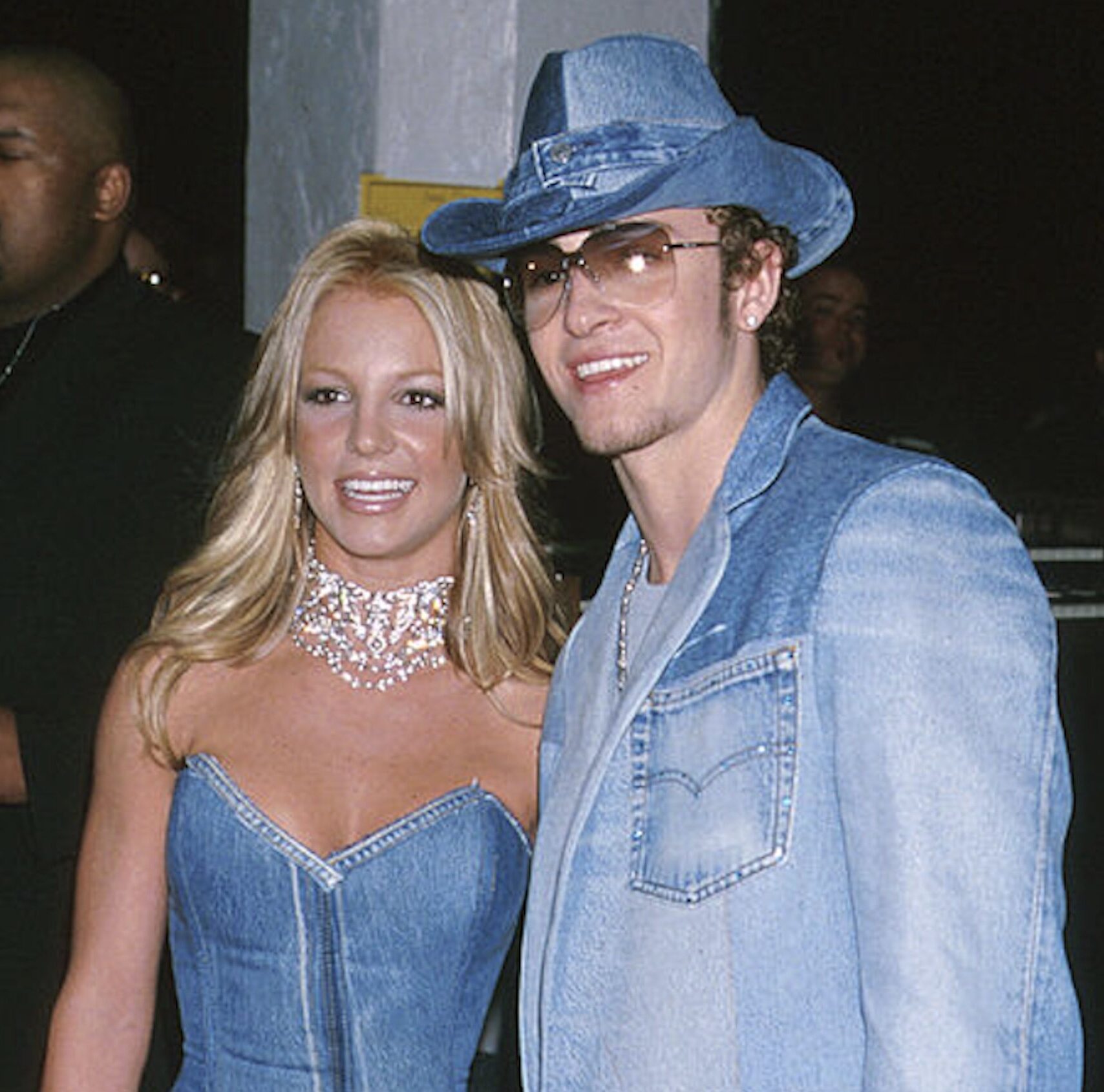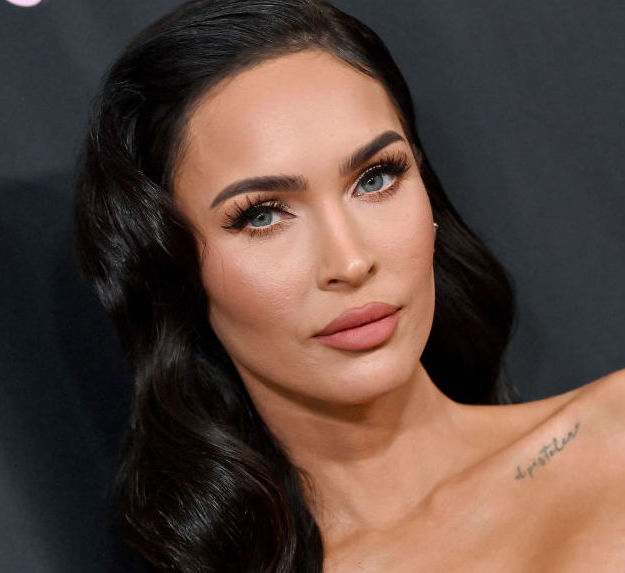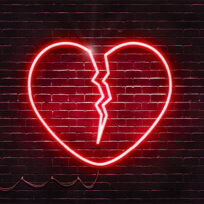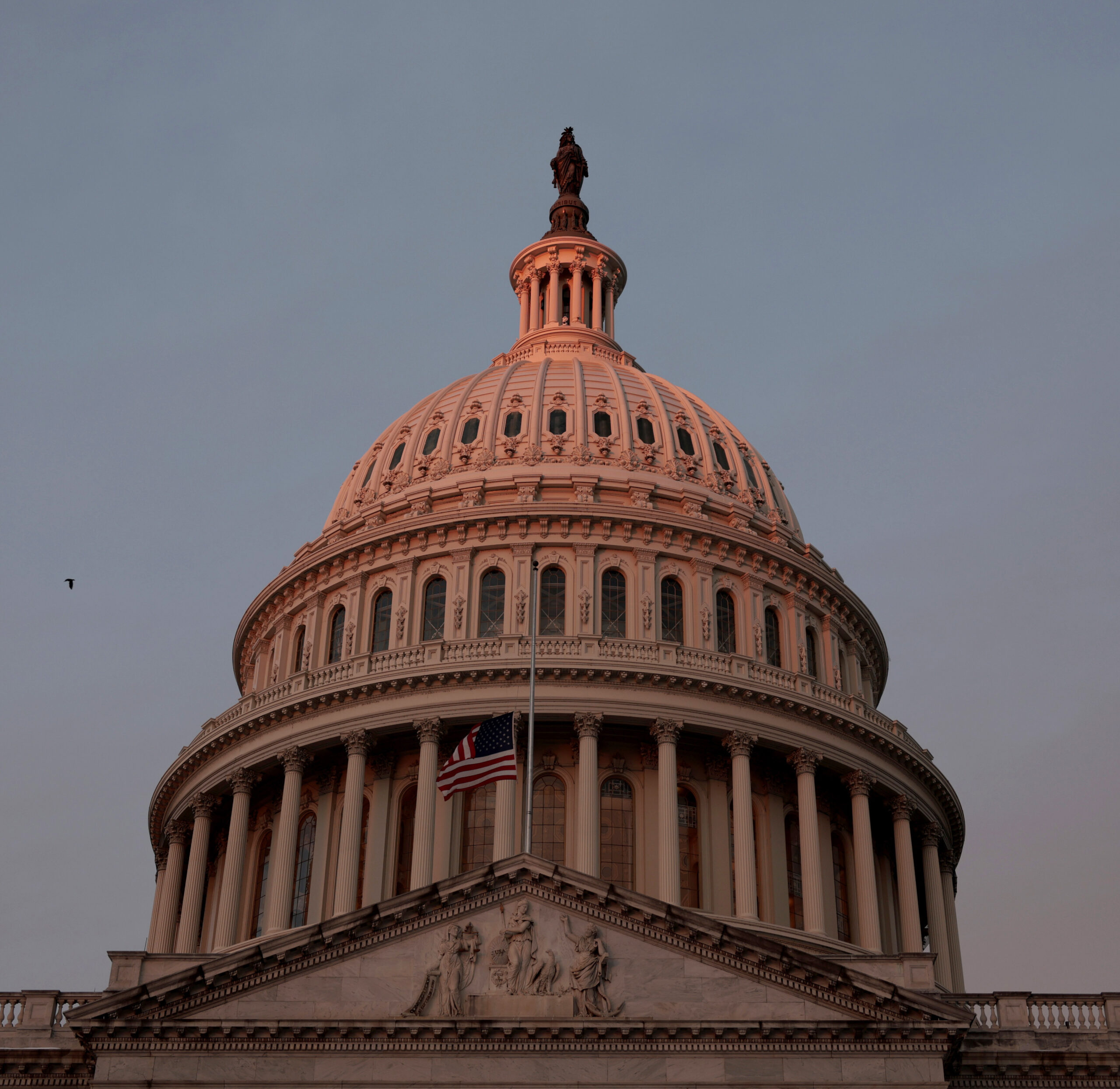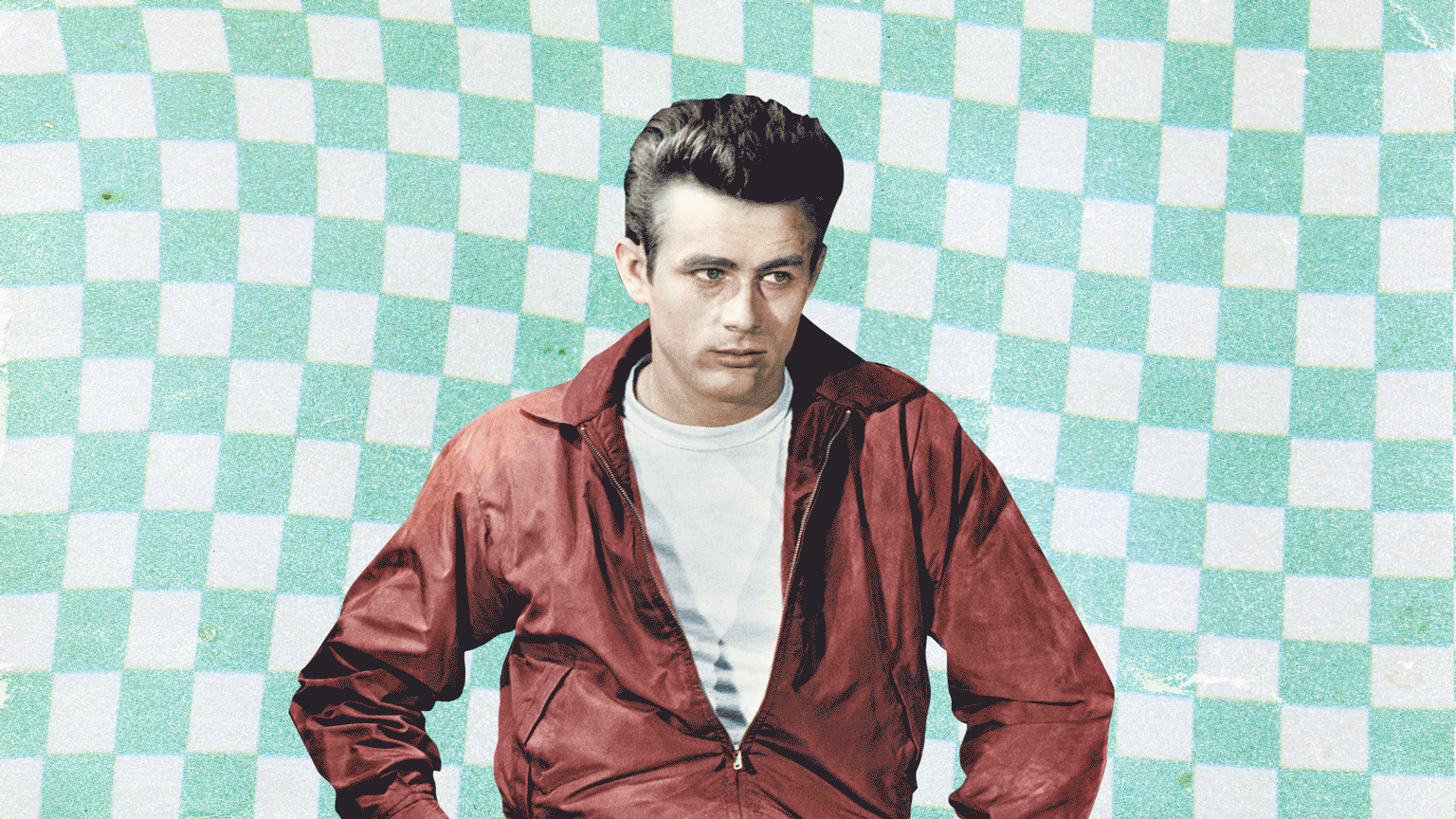What even is “cool” anymore? According to a recent study that went semi-viral, the modern cool person is open, adventurous, powerful, autonomous, extroverted, and just… a chill vibe. So basically, they’re confident enough to text back (but not in a love-bomb-y way), they own matching glassware, and maybe surf — but not in an annoying way. This marks a major shift from how we used to define cool. For most of modern pop culture, being cool meant being emotionally unavailable, ideally in a leather jacket and actively avoiding commitment. We were out here romanticizing men who had never apologized in their lives. But now? Suddenly, everyone’s thirsting over Pedro Pascal in dadcore and saying things like “secure attachment is sexy.” (Brb, crying in anxious attachment.) So what happened?
Let’s take a little walk down hot guy history — through James Dean, Timothée Chalamet, and finally Pedro — to figure out how “cool” got rebranded into someone who’s hot and actually nice to you.
1970s: The James Dean Hangover Era

Strutting down the street in bell-bottoms with crimped hair, we were all deeply impressed by anyone who ignored us. Post-60s counterculture left us with a hangover of “cool” defined by aloofness, cigarettes, and not giving a single fuck. Rebellion was still king.
Think: young Al Pacino, Mick Jagger, Steve McQueen. All of them adored by thousands — and completely unbothered by it.
Attraction was rooted in danger, mystery, and a refusal to say “I love you” unless someone was literally dying. Feelings? Don’t fuck with ’em. Expect a bucketload of gaslighting — we just didn’t have a name for it yet.
1980s: The Wall Street + MTV Effect
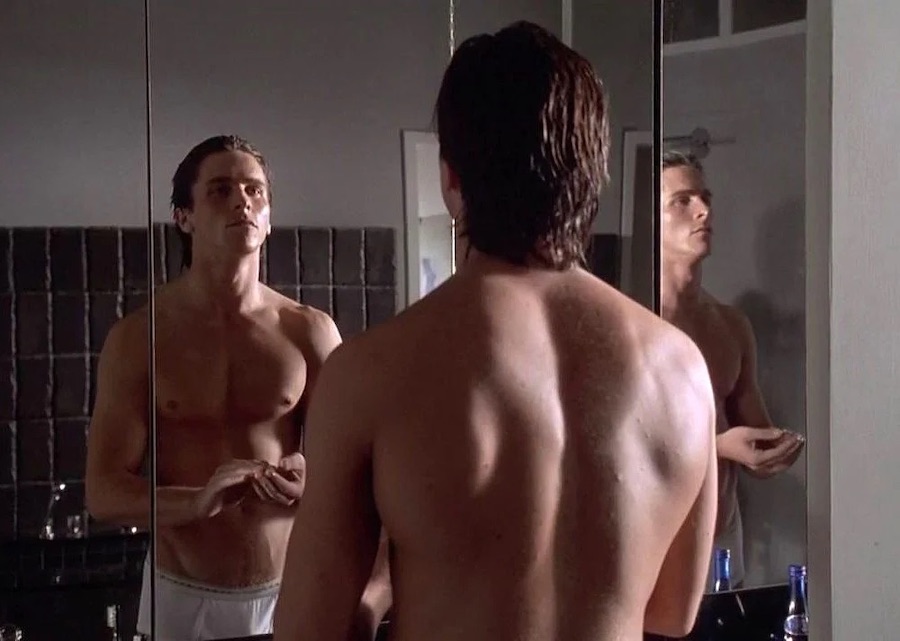
The 1970s are over, and unfortunately, we don’t have the time to be so professionally unbothered anymore. There are things to do! Stock markets to game! Aerobics to complete in our wedgie-inducing leotards!
Enter the American Psycho/Patrick Bateman blueprint (minus the murder, hopefully): money, muscles, and a Walkman. Don’t lie — you’d smash, even covered in blood.
Attraction leaned into arrogance. Think Tom Cruise in Top Gun or Richard Gere in American Gigolo. Absolute classics. Confidence was sexy, but only if it bordered on cocky. We didn’t want someone emotionally available — we wanted someone who looked in the mirror more than they looked at us.
Vulnerability? Never heard of her.
Also: this is when the “cool girl” starts to emerge. Before now, women were expected to be earnest homemakers (barf). But now we’re seeing the sexy, chill girl who doesn’t eat carbs and never nags. We wouldn’t get Amy Dunne’s “cool girl” monologue for another two decades, but the seed was planted. (Spoiler: she was right.)
1990s: The Kurt Cobain–ification of Romance
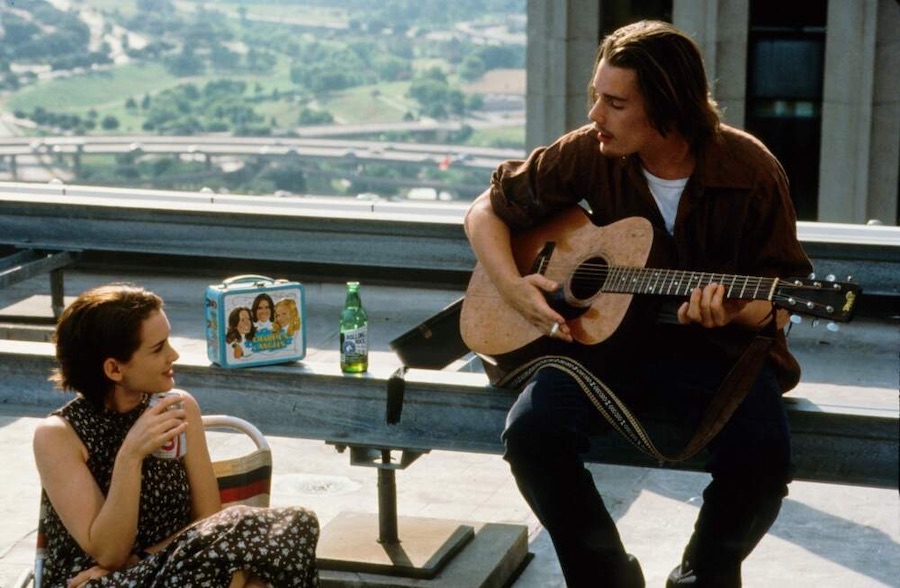
Forget the finance bros and waxed chests — we’re in our grunge era now. It’s the decade of floppy hair, flannel shirts, and deep emotional repression. If he didn’t own a Nirvana tee and stare out the window like he had unspeakable trauma, we weren’t interested.
Oh, you know these boys: Johnny Depp, Brad Pitt, River Phoenix, Ethan Hawke in Reality Bites. Cool meant tortured and a little toxic. (Theo Mizuhara still gets fan edits from his time on Moesha. True hot guy history right there.) Bonus points if he mansplains poetry, chews on a toothpick, or makes you feel vaguely bad about yourself. (Shout out to the girlies thirsting over Tupac’s poetry and shirtless rapping. We contain multitudes.) If he couldn’t emotionally regulate, write cryptic lyrics, and disappear for days, we weren’t interested.
They just loved you too much to actually be there for you!!
2000s: The Era of Mixed Signals and Indie Sleaze
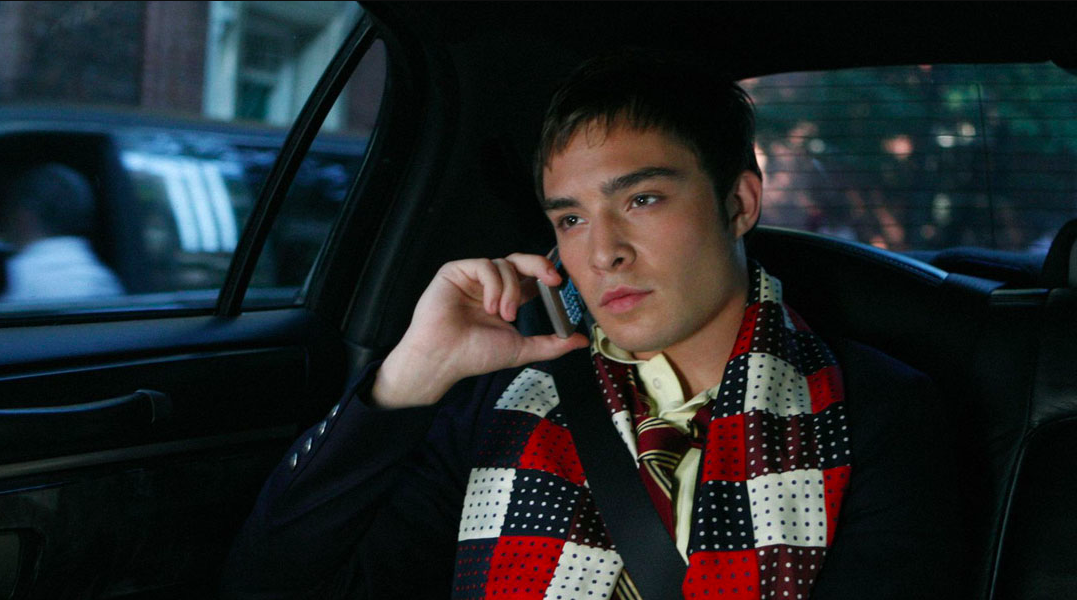
Put your iPod Classic on shuffle — and let an attractive man do the same to your emotions! In 2008, Katy Perry sang “Hot and Cold,” but we’d been living it for the entire decade.
“Cool” was messy, damaged, hot, and extremely unavailable. Ryan Atwood and Marissa Cooper were #couplegoals, yet they struggled to have a single functional conversation. They were either broken up or making out. The dream.
And don’t get us started on Chuck Bass, who low-key sold his girlfriend for a hotel. But we’d still risk it all.
We wanted our own 500 Days of Summer — short, sweet, and emotionally destructive. Everyone was depressed, wearing vests, and in some form of a situationship, only without the vocabulary to call it that. If he quoted Bukowski and played guitar, it was basically foreplay. Yep, the Ken Serenade can be directly linked back to this period, where all we wanted was a guy in board shorts to croon “Wonderwall” at us in someone’s basement.
2010s: Emotional Damage, But Make It Aesthetic

Serenading someone? Ick. Slide into our Tumblr reposts instead. It’s the 2010s: the Kardashians are selling us waist trainers, we’re making grainy Mac Photobooth selfies a personality, and the clubs are full of peplum.
Attraction became performative. We wanted men who were loud and broken, but in a curated, Instagrammable way. Cool = intelligent and self-destructive, preferably in black and white.
Matty Healy giving us tortured songs and vaping on stage (yes, this bleeds into the 2020s too). Timothée Chalamet saying literally nothing in interviews. Adam Driver in Girls, being terrible but inexplicably hot.
We didn’t want to date a guy — we wanted to fix him.
This was also peak The Vampire Diaries, where you could choose between two hot brothers who could either kill you or give you a soul-stirring kiss. We were obsessed. (And unwell.)
2020s: The Rise of Chill Over Cool

Then everything broke. Emotionally and globally. Like the world basically ended, not to put it lightly. The pandemic happened. TikTok therapy culture took over our living rooms. Global relations took a dark turn. In the midst of all this chaos, we started craving safety.
According to that study we mentioned earlier, “cool” is now defined by openness, autonomy, power, extroversion, hedonism, and a sense of fun. In practice: someone who texts back, lets you have your own life, and doesn’t scream at waiters. Groundbreaking.
Pedro Pascal became the patron saint of this new era. He eats toast. He’s nice to interviewers. He protects women onscreen and off. If he turns out to be secretly awful, we’ll collectively implode.

Michael B. Jordan’s charisma has us on our knees. Chris Evans is our forever golden retriever. Manny Jacinto is a total wife guy (complimentary). Harry Styles wears a pearl necklace and means it. “Cool” now means calm. Confident. Unbothered but in a nice way.
“Cool” has been replaced by chill — the guy who goes to therapy, wears a linen button-down, and makes you soup. They’re relaxed, they don’t take life too seriously, and they treat people with respect. Hot.
We’re no longer glamorizing the guy who ghosts us after quoting Nietzsche — we’re romanticizing the man who brings us a snack and doesn’t flinch when we cry. “Cool” isn’t a detached, chain-smoking enigma anymore. It’s the person who sees you, hears you, and still wants to make out.
Call it growth. Or call it the bare minimum. Either way, we’re into it.
